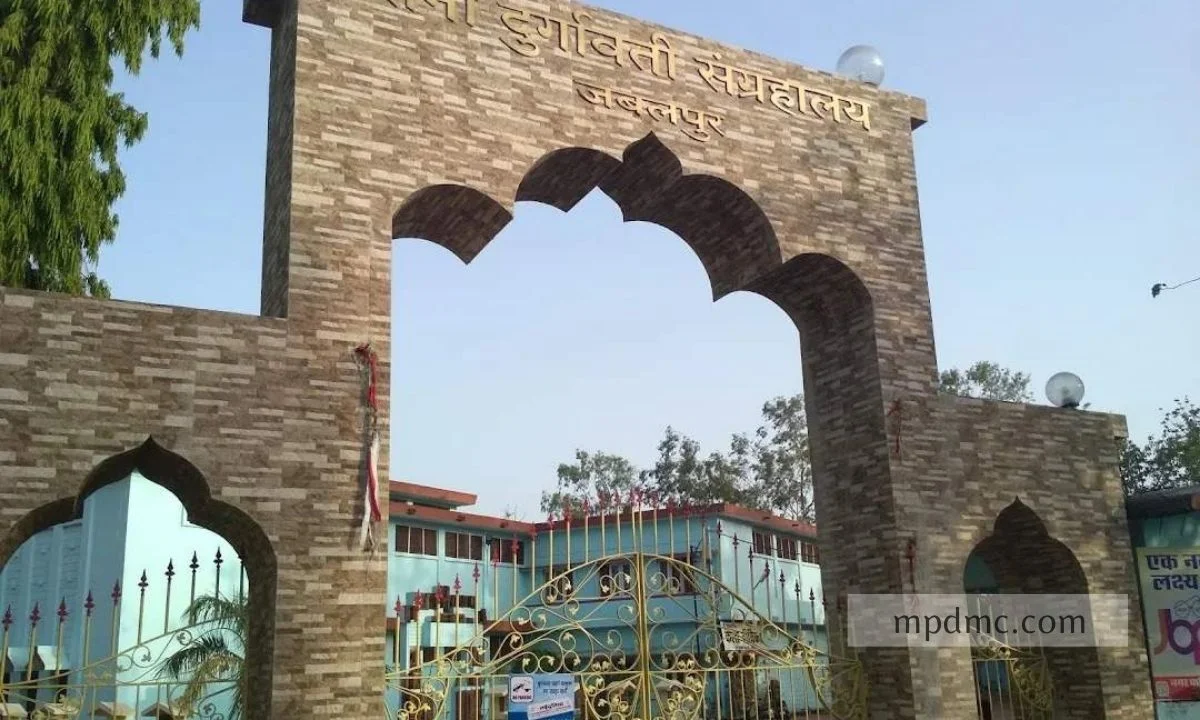Mandu (Mandavgarh)
In the Malwa area of Madhya Pradesh, India, Mandu, often referred to as Mandavgarh, is a medieval city. Mandu, renowned for its magnificent architecture and rich cultural legacy, is a reminder of the opulence of the past. This old fortress town, perched at an elevation of 633 meters in the Vindhya Range, has seen the rise and fall of several dynasties, leaving behind a tapestry of historical relics that draw tourists from all over the world.
The city's origins can be traced back to the 6th century when it served as a military outpost. However, Mandu reached its zenith during the reign of the Paramara rulers in the 11th century. It later became the capital of the Malwa Sultanate under the rule of Dilawar Khan in the late 14th century. The subsequent years saw Mandu evolve into a thriving cultural and architectural center, with numerous palaces, mosques, and tombs dotting its landscape. One of the most notable structures in Mandu is the Jahaz Mahal, a spectacular palace resembling a ship floating on water. This architectural marvel was constructed during the reign of Ghiyas-ud-din Khilji and served as a harem for the women of the royal court. The Hindola Mahal, with its sloping walls, and the intricately designed Hoshang Shah's Tomb, considered a precursor to the Taj Mahal, further exemplify the artistic brilliance of Mandu

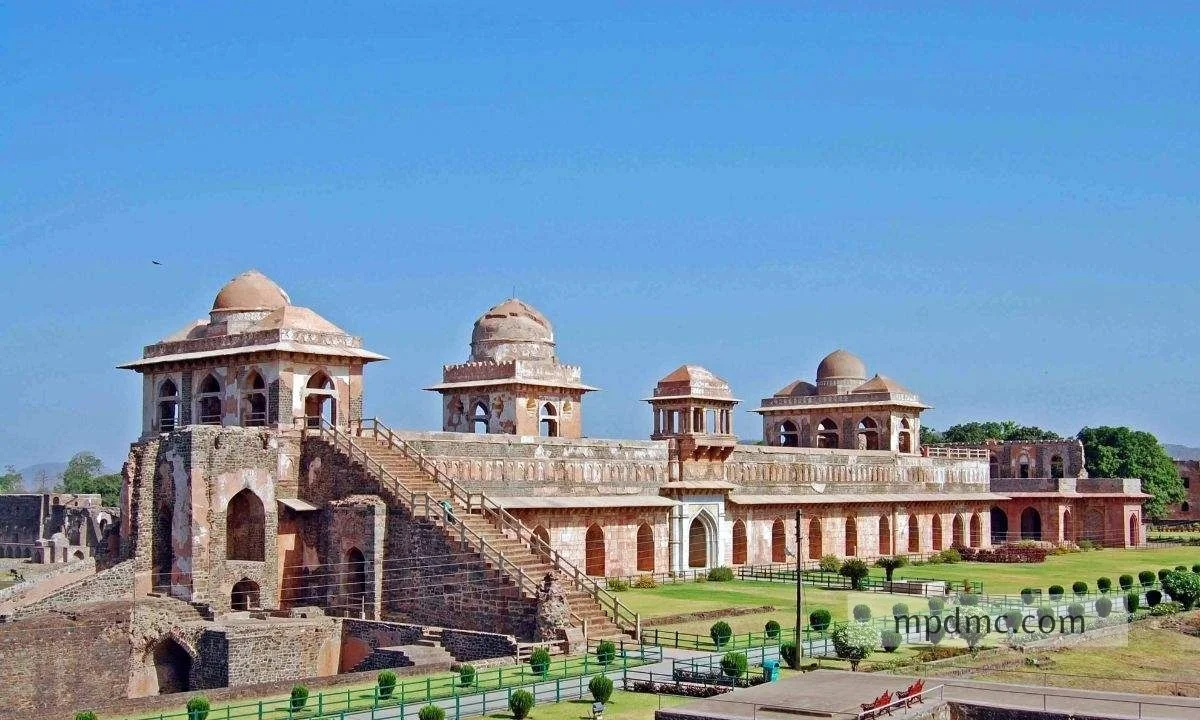
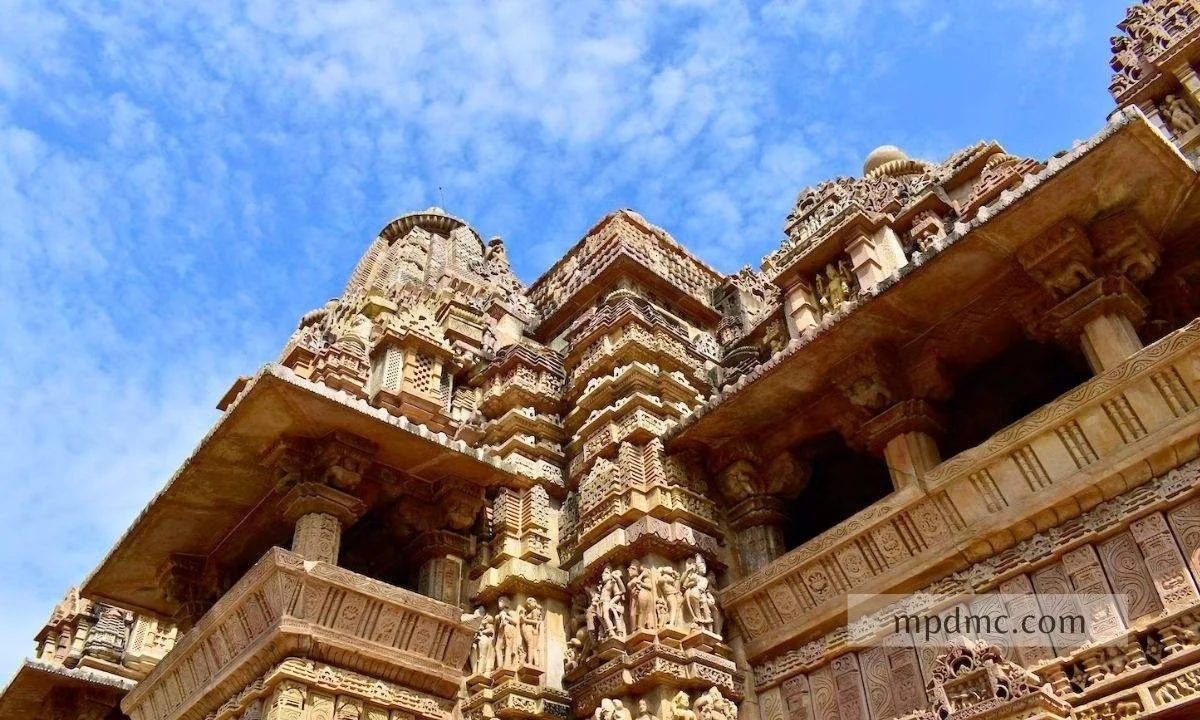
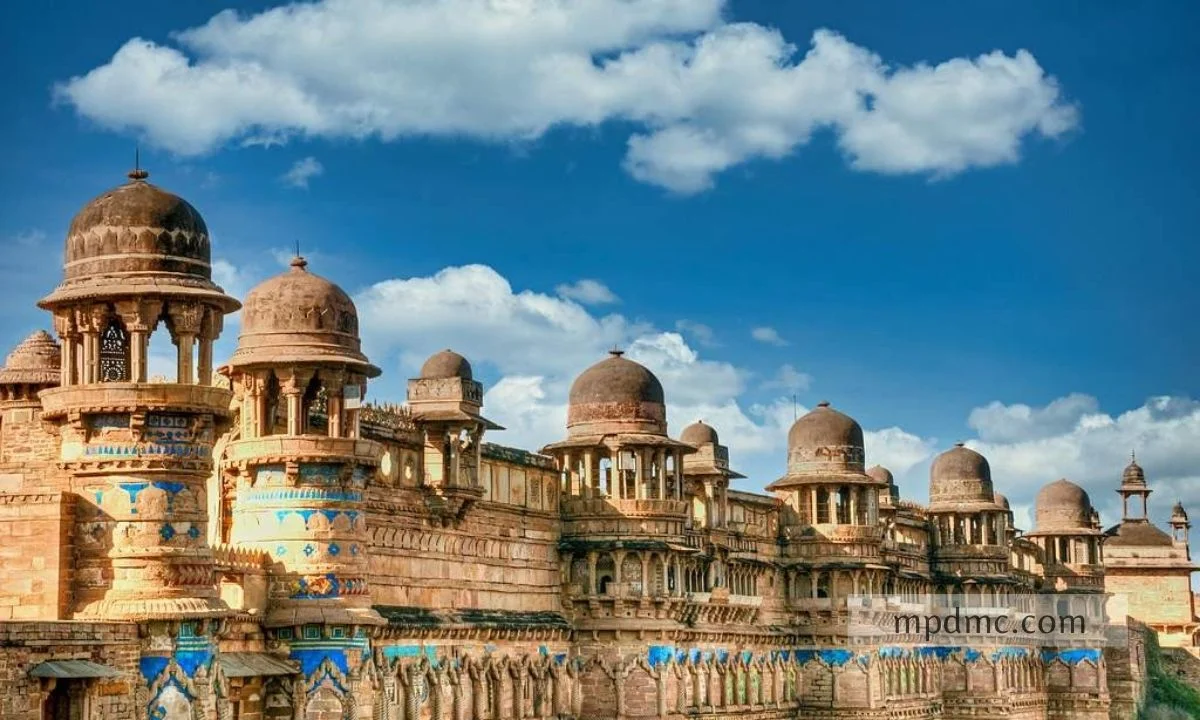
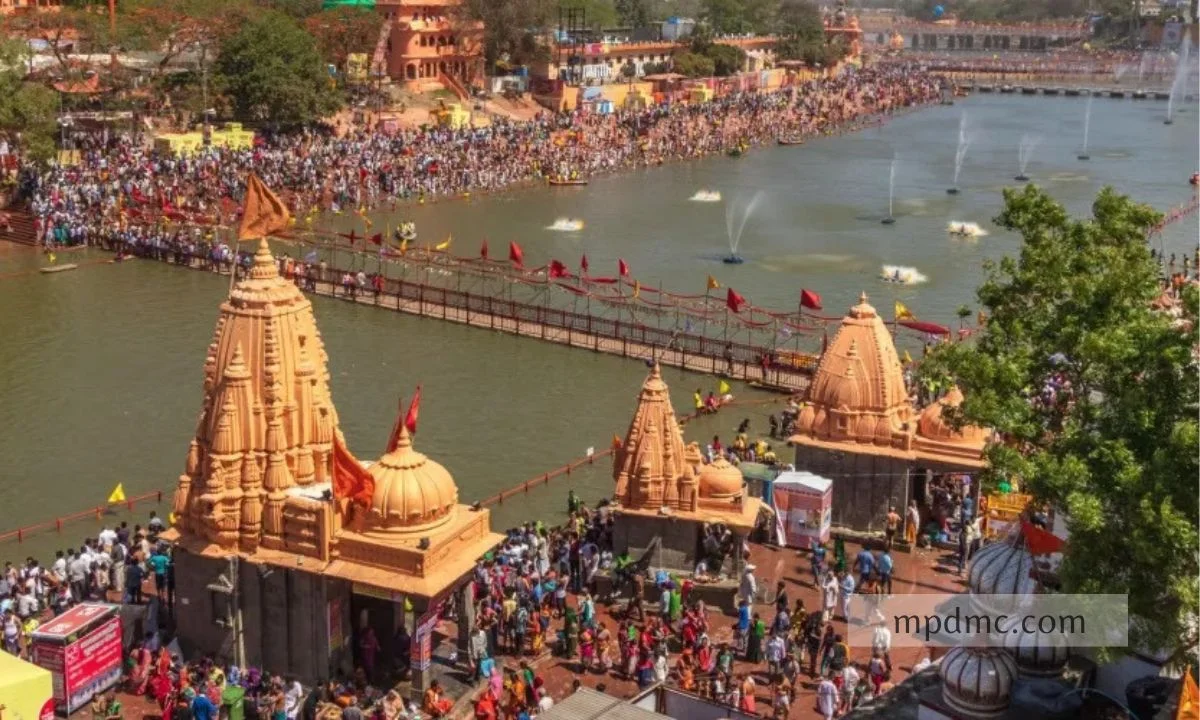
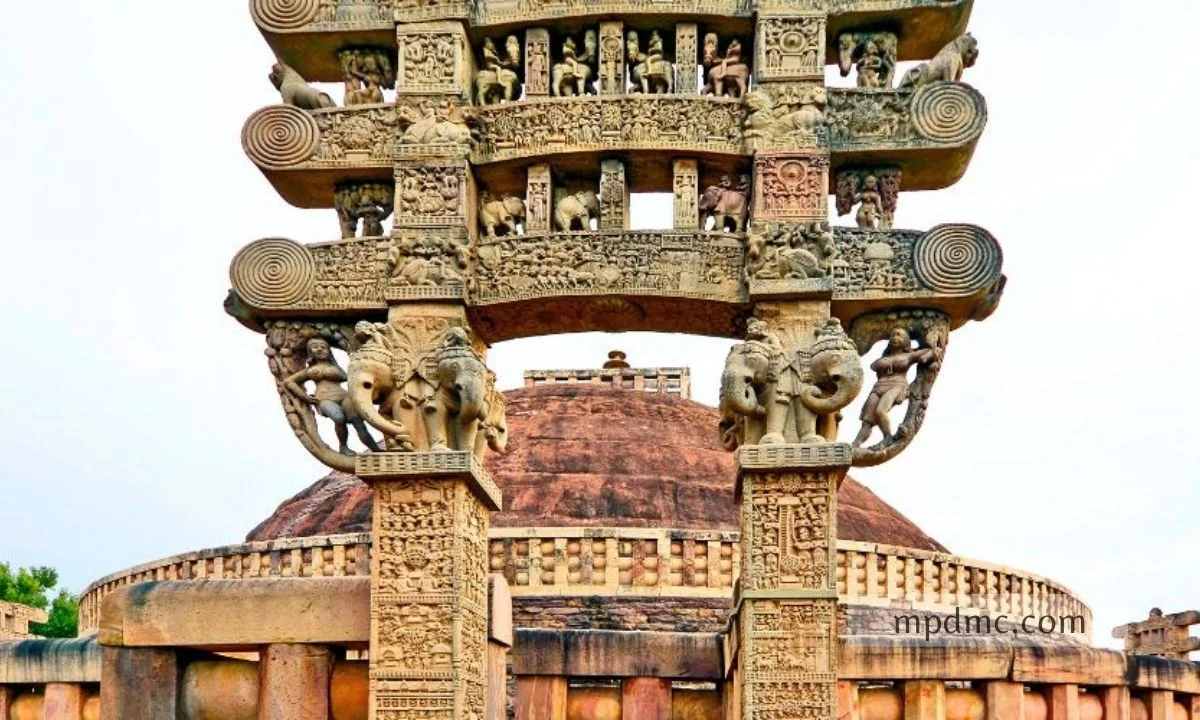
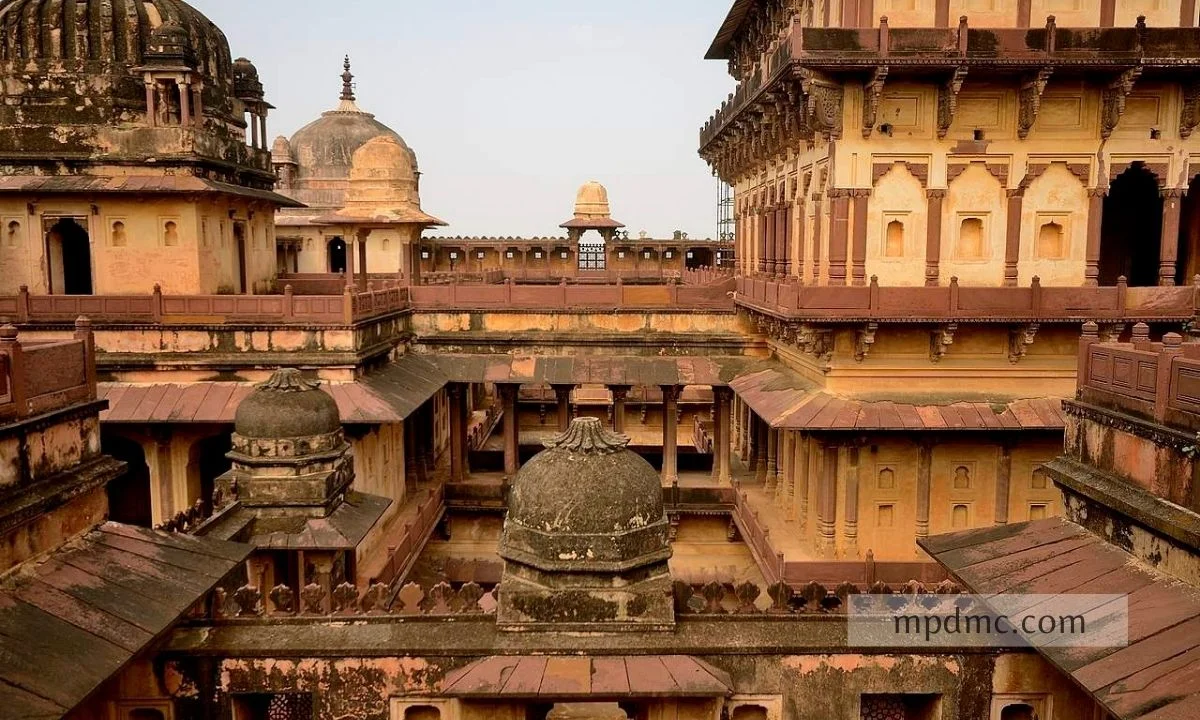
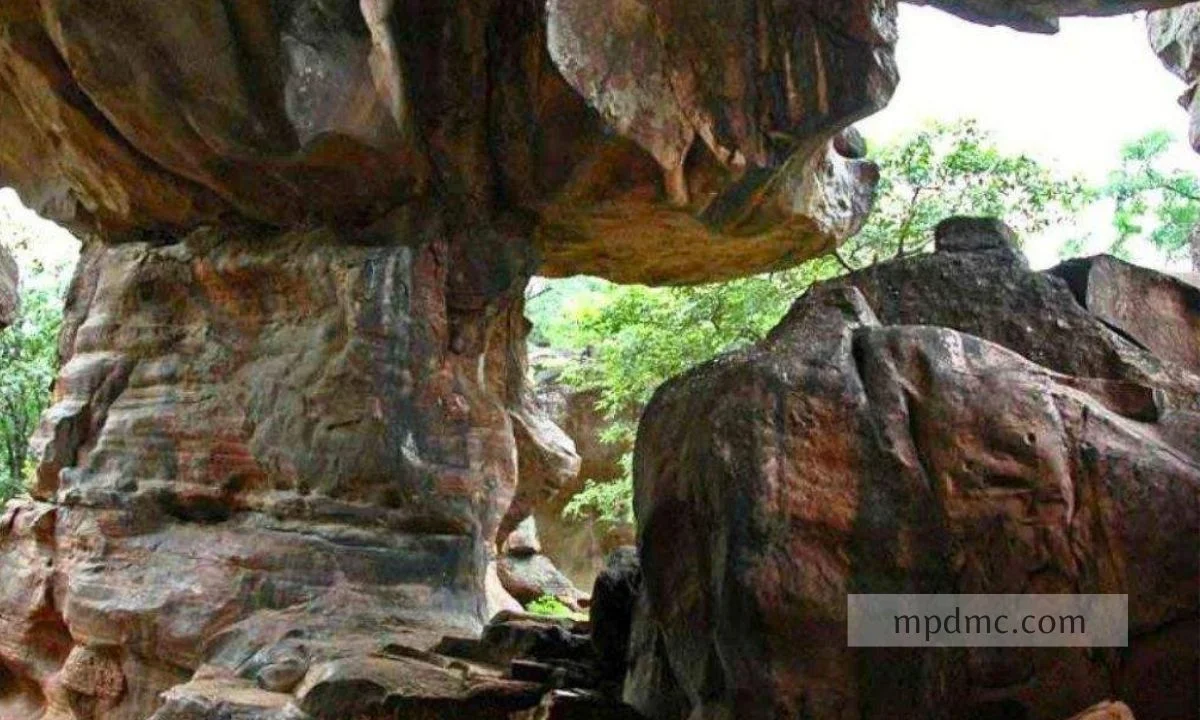
.webp)
